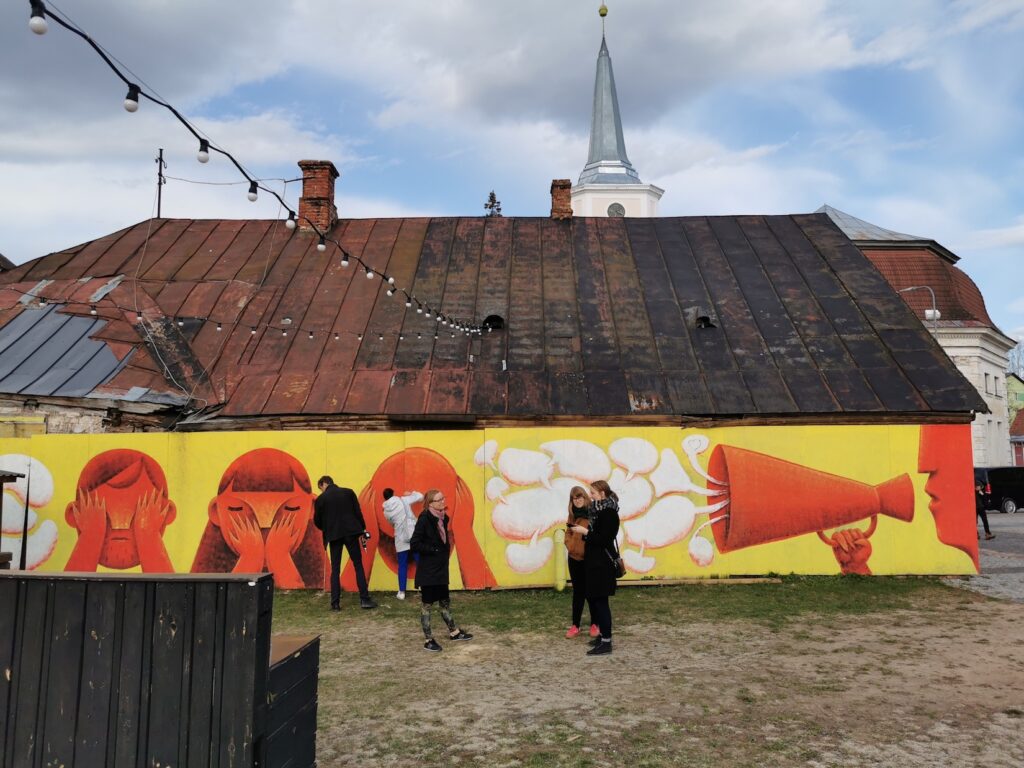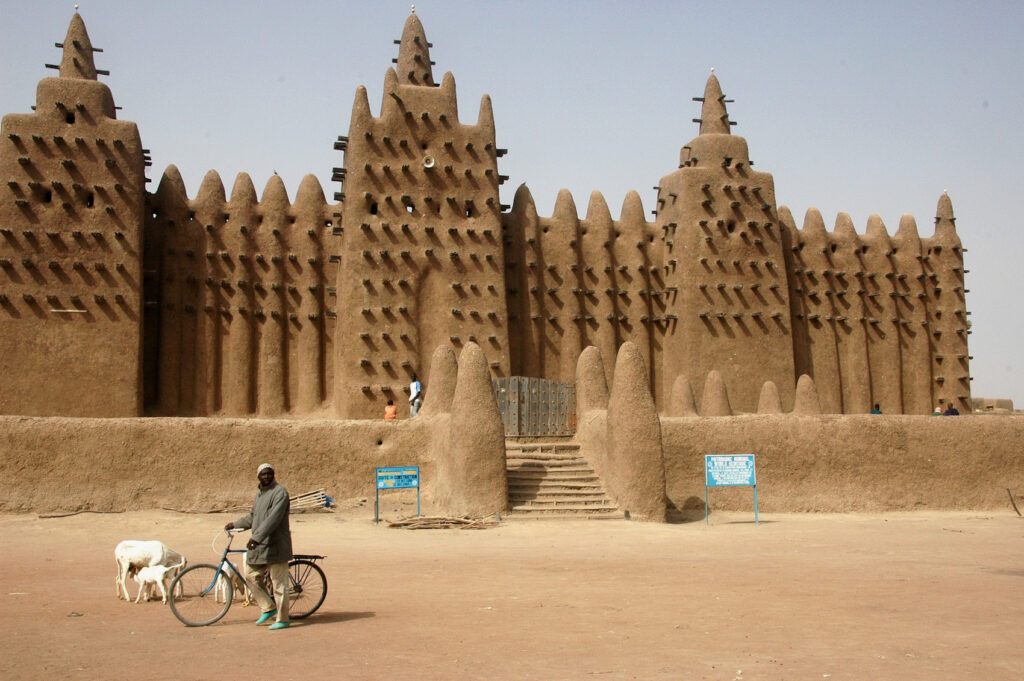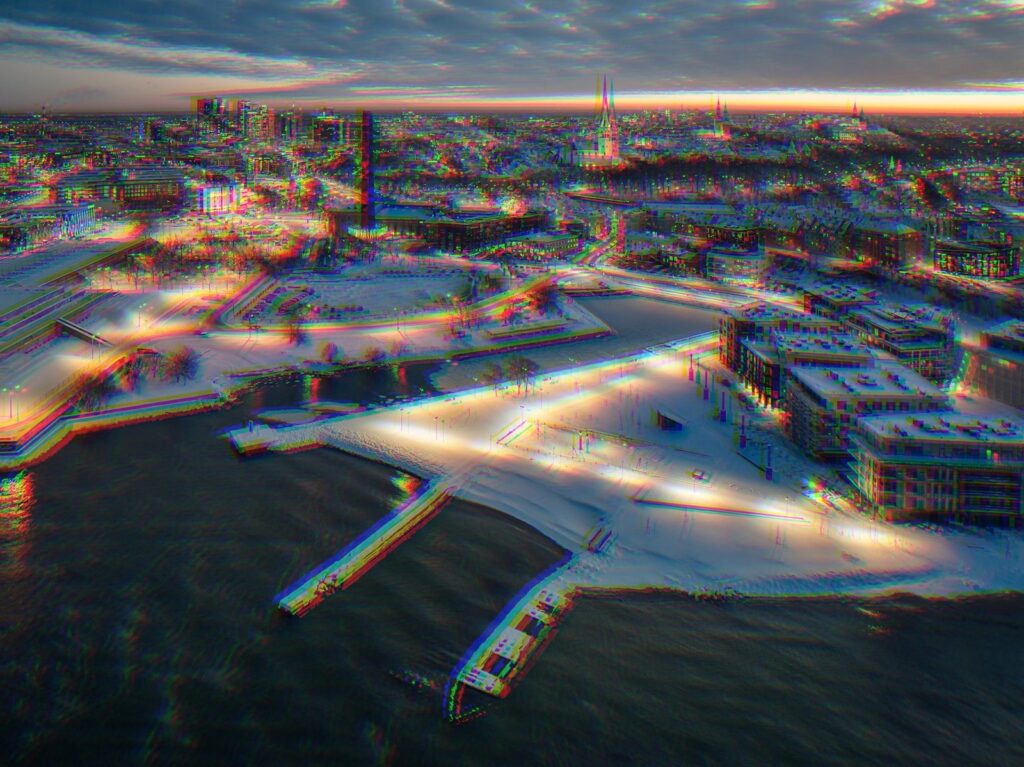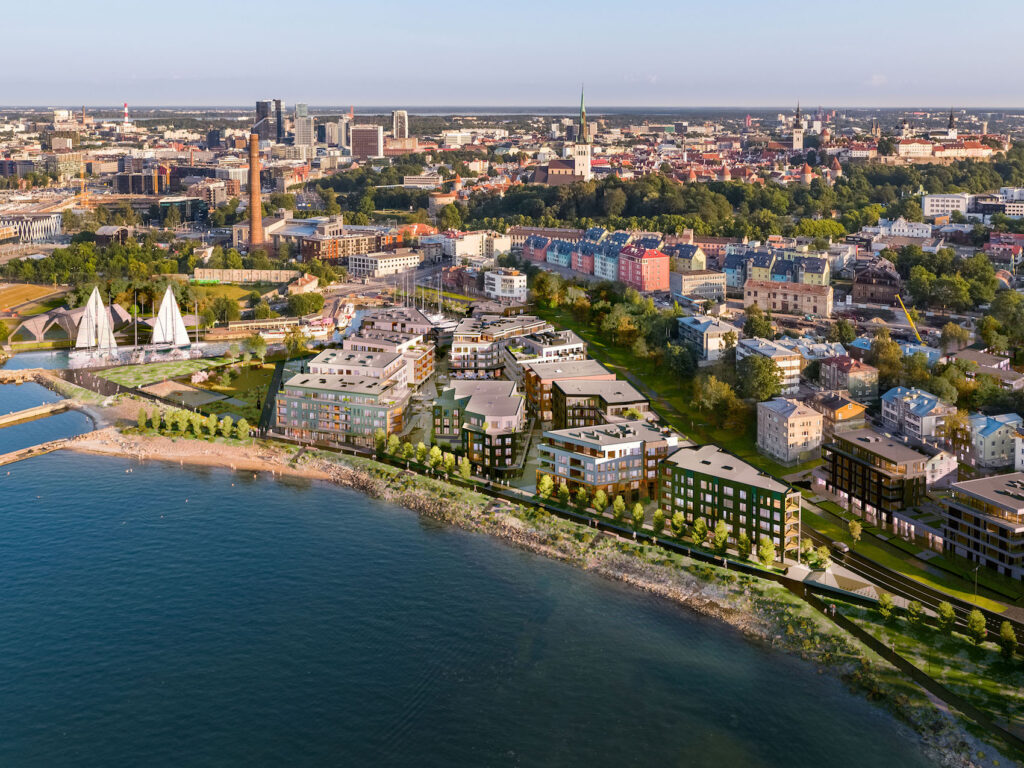SPATIAL DESIGN
For many years, a dumb witness to the rich history and architecture of Narva on the wasteland bordered with Soviet brick apartment buildings, the Town Hall of Narva is about to be revived, Madis Tuuder accounts.
Any kind of construction must be stopped. Based on her Master’s thesis ‘30 Years of Pause. Research about doing not’ that she defended at the Eesti Kunstiakadeemia / Estonian Academy of Arts in 2021, Ulla Alla asks, "Is it enough already?"
The responsibility of the architect in sustainable use of natural resources should not be underestimated as construction is directly related to the transformation of the material taken from the ground according to the design drawn by the architect. Architecture from the perspective of limited resources, writes Roland Reemaa, will be faced with several challenges that are directly related to the origin of raw materials.
Vallikraavi street that winds below the slopes of Toome Hill in Tartu will get three new capacious apartment buildings this year, doubling the number and area of living spaces on this short street that has merely a couple dozen houses altogether. Systemic densification of old towns enhances the possibilities of urban life and helps to save energy through more economical mobility.
Kaija-Luisa Kurik gives an overview of the results of a 30-months-long partnership project between the Estonian National Heritage Board and the Norwegian Directorate for Cultural Heritage, titled ‘Historic Town Centres Revitalised Through Heritage-Based Local Development’, and tries to decipher the increasingly close connections between heritage preservation, urban studies, and sustainable development.
Ewa Effiom dives into the significance of conservation in the debates surrounding contemporary architecture, beauty and functionality.
Preservation has achieved cultural significance as a lens through which various urban experts have come to imagine what a socially and environmentally sound future might look like. As an approach, preservation has been applied to disparate phenomena ranging from historic neighbourhoods and natural environments to democracy and identity.
Replies by Ott Kadarik (Kadarik Tüür Architects, author of Kalaranna 8 buildings) and urbanism-related Facebook group ‘Mitte_tallinn’
The genesis of Kalarand is a search for novel urban ideals. Amidst arduous planning and controversy, a number of urban activists matured and professionalised. In a prototyping-like process, several expectations we consider fundamental today on the subject matter of public space and spatial justice were made visible, and solidified. Johanna Holvandus writes on the changes in urban activism and urban processes.
The Kalaranna development in progress was preceded by a controversial, landmark planning process lasting from 2008–2016, during which the Telliskivi Society and a large variety of urban activists stood for the spatial qualities and interests of the seaside promenade and the popular ad hoc sea-bathing spot. The urban space and architecture that took shape as a result is reviewed by the capital’s city architect of the time, Endrik Mänd, who was directly involved in the processes.
Postitused otsas














